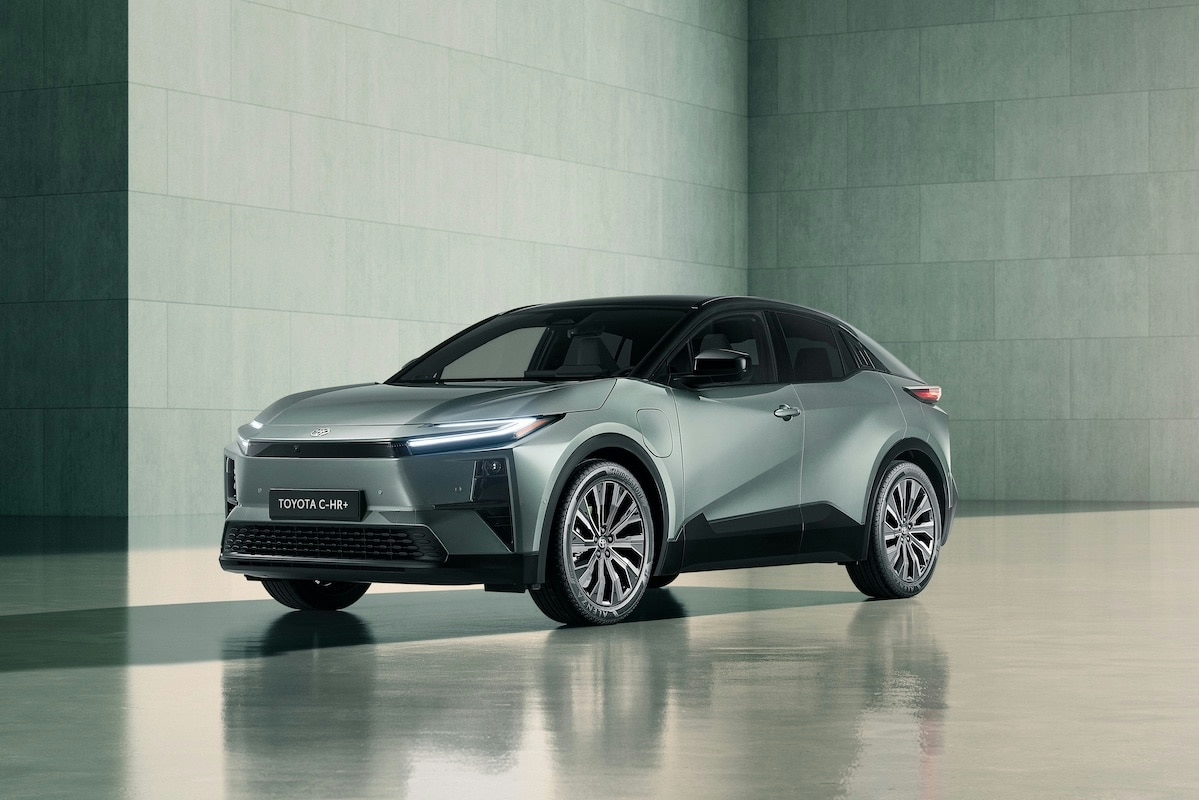Toyota Makes Waves in a Lackluster European Market

In the face of the disorderly rush toward all-electric vehicles, Toyota is charting its path against the current by betting on hybrids.
While most manufacturers have rushed toward all-electric vehicles with varying degrees of preparation, Toyota has stuck to its hybrid strategy. This choice has often been criticized but seems to be paying off today: in the first half of 2025, Toyota Motor Europe (TME) recorded a sales record with 635,328 vehicles sold, marking a 1.4% increase in a global market down by 1.54%. The brand thus maintains its position as the number two in passenger car sales on the Old Continent.
The driving force behind this success? Hybrids. Electrified vehicles – hybrids, plug-in hybrids, and 100% electric – now represent 77% of Toyota and Lexus’s European sales, with a 6% increase over the past year. In certain areas such as Western Europe, this share even rises to 80%. In detail, Toyota sold 591,115 vehicles, of which 449,374 were electrified, led by the Yaris Cross, Corolla, and Toyota C-HR. Lexus also shows a strong dynamic, with sales up by 7% and an electrified mix reaching 100% in Western Europe.
Toyota Professional, the group’s utility division, has recorded a leap of 12%, reaching an unprecedented sales level with 80,448 units.
The hybrid is the engine of Toyota in Europe
While self-recharging hybrids remain the majority, the growth of plug-in hybrids is spectacular (+272%), notably due to the success of the new Toyota C-HR. Sales of 100% electric models have also increased by 46%, but remain marginal in the overall volume.
You might be interestedin this article:
This “multi-technology” strategy allows Toyota to meet a variety of needs without relying solely on all-electric options. However, future regulatory developments could complicate this approach. European legislators, committed to a race towards carbon neutrality, may impose increasingly stringent emission thresholds, potentially sidelining hybrids.
Toyota is thus reaping the benefits of its consistency today. But the future may well demand a more radical reinvention.
ALSO READ: The Toyota Land Cruiser Diesel becomes (almost) reasonable
This page is translated from the original post "Toyota marche sur l’eau dans un marché européen morose" in French.
We also suggestthese articles:
Also read





